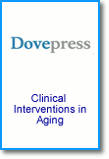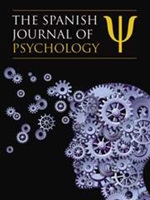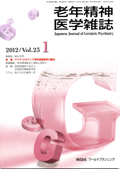PHuSeG scale
Composite Scale of Prudence, Humility, Self-regulation and Gratitude (PHuSeG scale)
PHUSEG-10 Form Eng.pdf
PHUSEG-10 Thai Form.pdf
This study was based on character strengths, namely, the positive parts of our personality that influence how we think, feel and behave. Among the 24 common character strengths, we chose four corresponding to the code of medical ethics for physicians, i.e., prudence, humility, self-regulation and gratitude. These four character strengths are assessed separately using the Prudence Scale (Emmons et al., 2003), consisting of 12 questions. Each question has 7 Likert scale choices, and scores ranging from 7 to 84. The Humility scale (Ferranto et al., 2005), consisted of 15 questions and each question had 5 Likert scale items and scores ranging from 5 to 75. The Self-regulation Scale (Brown et al., 1999), consisted of 17 questions with 7 Likert scale items and scores ranging from 5 to 85. The Gratitude Scale (McCullough et al., 2002), consisted of 6 questions, 7 Likert scale choices and scores ranging from 7 to 42.
Despite the fact that they all constituted character strengths, they did not correlate statistically as expected. To identify the positive character strengths for physician involved combining all four character strengths in a composite scale. Using the measurement model point of view, all items in the composite scale contributed to the same construct of the unique positive character strengths of prudence, humility, self-regulation and gratitude. To achieve that, the composite scale should be unidimensional with locally independent items based on the Rasch measurement model.
In a university sample of 50, we analyzed all combined items of these four measurements in a single composite scale. This totaled 50 items from all four scales comprising two kinds of rating scale: 5 and 7 responses. We used the Partial Credit Rasch model for the analysis.
The Rasch analysis showed fit statistics as described below.
The person reliability was 0.70. Item reliability = 1.00. The PCA showed the composite scale was more than one dimensional as expected. Dependent items were then identified and consequently removed until the eigen value of the first contrast was less than 2.00.
The Wright map from final analysis showed item hierarchy and difficulty. The composite scale was now unidimensional and locally dependent. The person reliability was 0.75, and item reliability was 0.84.
The PHuSeG scale has been tested in a sample of 283 university students, and and shown to be unidimensional. CFA shows the goodness of fit statistics as follows; CFI = .971, TLI = .950, RMSEA = .057 (90%CI .033-.081), Chi-square = 50.166, df= 26, Chi-square/df=1.929, p =.003. Rasch analysis shows that all item had fit statistics between 0.76 and 1.37. The person reliability = 0.77, item reliability = 0.93. Cronbach’s alpha was 0.84. In terms of dimensionality, 42 % of variance was explained by the measures. The 1st contrast Eigen value was 1.723. No dependency of item was found. No disordered of category and threshold was found.
The PHuSeG scale shows to have convergent validity with the inner strength-based inventory, i.e. Wisdom(panya) ( r= .456, p<.001 (N=146)), Determination-Resolution (r = .422, p<.001 (N=146)), and Lovingkindness(metta) (r= .217, p =.008 (N=146)).
Coding and scoring
No reversing values for all items was required before summing up. The PHuSeG scores ranged from 10 to 50.
Interpretation
In general, the higher the score, the more the positive characteristics were indicated. However, we could use the distribution of scores based on the respective sample. For example, a high vs. low level of PHuSeG score, or a level of PHuSeG among the samples could be grouped in three categories: “low” for scores below the 25th percentile, “average” for scores ranging from the 25th to the 75th percentile and “high” for scores above the 75th percentile.
Tinakon Wongpakaran
Nahathai Wongpakaran
27 April 2020













